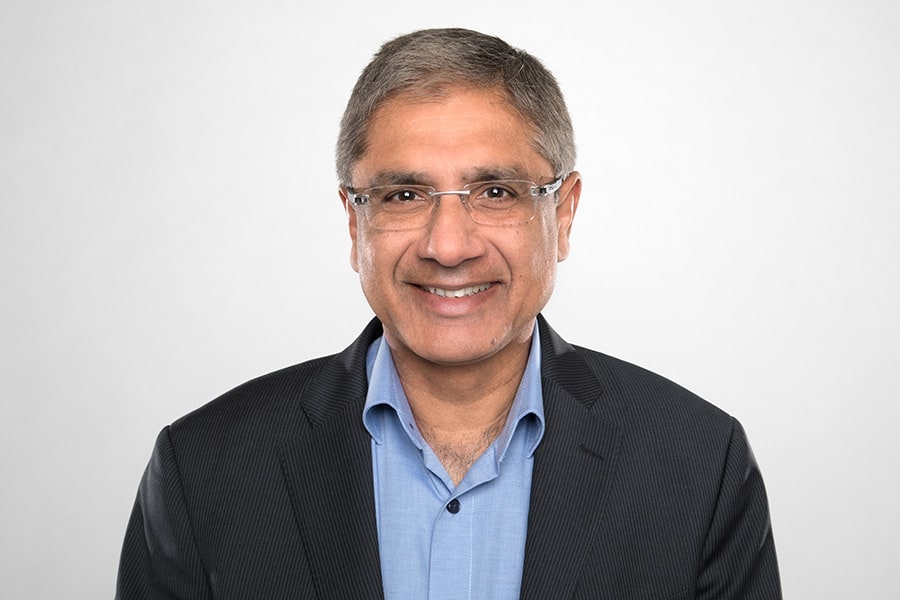Guest article: Monthly testing in care homes is not enough

In this article, Dr Jas Saini, CEO of Vtuls, which specialises in remote AI-driven technology to monitor vulnerable patients’ vital signs, says that the latest announcement of monthly testing in care homes doesn’t go far enough and says daily remote monitoring could be the solution.
Last week, the Government announced that it will introduce monthly testing for all care home residents in the UK and weekly tests for staff.
Sector Leaders, such as Care England’s Professor Martin Green, were quite right to welcome this news as a “step in the right direction,” however, if it is to have real impact, then we believe the Government must go further.
Earlier diagnosis is vital
An article in The British Medical Journal recently discussed how the rapid deterioration of some COVID-19 patients means that hospital admissions often come too late for effective treatment. For the elderly, this is likely to be particularly dangerous.
The Government has a duty to support the care sector to identify COVID-19 cases much earlier and so, while monthly testing is better than the very little testing we have seen so far, it’s still only going to catch a fraction of the people who become infected and who are at risk of complications.
In its announcement, the Government cited the higher prevalence of COVID-19 in care homes as the reason for increasing its testing capacity and we also know that the infection poses a bigger risk to the typical care home population of people over the age of 70. Add to those points that many care home residents may also be less able to verbalise their illness and the stark reality of the risk of letting so many cases continue to go unchecked becomes even more apparent.
Vital signs can be monitored daily
The authors of the BMJ article, who hailed from the Universities of Oxford and Edinburgh, recommended the introduction of proactive telemonitoring for people in the community to avoid overwhelming hospitals and to enable earlier detection of COVID-19.
Data from COVID-19 studies suggest that symptoms such as high temperature, low blood oxygen and a fast heart rate can all be predictors of a poor outcome from COVID-19 and these vital signs are increasingly easily measured by simple-to-use technologies like the Vtuls platform, which can be incorporated into the care home setting.
The academics in the BMJ comment suggested that once or twice daily remote monitoring of those most at risk of severe disease would make a real difference to outcomes in the general population. We believe those improvements would be even more significant in the care home setting.
A proactive and pragmatic solution
Remote patient monitoring has been proven to be effective in many settings when it comes to improving patient health outcomes, reducing time patients spend in hospital and saving healthcare providers money. Using vital signs monitoring to identify early warning signs of COVID-19 might not lead to the clear-cut results you’d get from an official test, but as it can be done on a daily basis, it might just be the next best thing in the current circumstances.
Professor Martin Green said in his recent statement that: “Regular and routine testing is absolutely critical if we are to garner a better understanding and keep at bay this dreadful virus. Testing is not a one-off activity, in order for it to be meaningful, it needs to be regular.”
If it is not possible to implement more frequent testing – and we believe it needs to be at least once per week for it to be deemed anywhere near regular enough – then the care sector must be supported to implement other solutions. Remote health monitoring would uncover cases of COVID-19 earlier, allowing for faster treatment and speedier isolation to prevent cluster outbreaks.
What’s more, it would continue to add significant value to the care home sector, even once the worst of COVID-19 is behind us, as it allows clinicians and caregivers to monitor for many conditions, improves quality of life for residents and provides peace of mind for residents and their families. That is something we could all do with a little more of right now.

